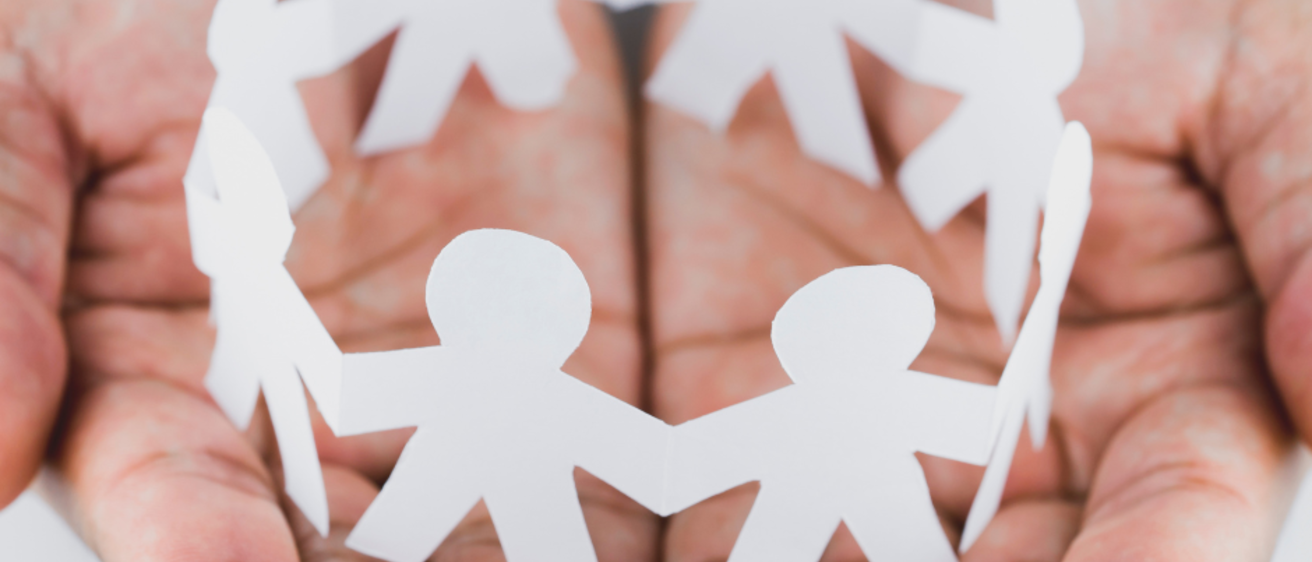This fall marked 20 years that I have been working at the University of Iowa as a psychiatrist and addiction medicine specialist. While caring for my patients over the past two decades, I have heard how their lives are impacted by having a substance use disorder and/or a mental health condition. Very often, stigma plays a big role. But what is stigma?
Stigma is negative and often unfair beliefs that people have about something. Stigma occurs when there is disapproval, discrimination, exclusion, or negative judgments about a person because of a characteristic, a circumstance, or a quality about that person. If you have ever felt judged, discriminated against, excluded, or treated unfairly because of a personal quality or characteristic, you experienced stigma.
Stigma happens at many levels. In the broadest sense, stigma can be embedded in the structures of society, such as in laws or policies. For example, laws and policies that separate the funding and the delivery of mental health conditions from other health conditions, so that mental health is viewed and treated differently than other kinds of health, creates stigma toward mental health conditions and the people who have these conditions. At a community level, a lack of programs or resources to assist people who experience stigma, such as programs to address homelessness or services to assist people experiencing poverty, establishes an unwelcoming environment and perpetuates stigma. When an institution, like a hospital, has policies and practices to discourage people who are homeless or who have substance use disorders from coming to their facility, that is institutionalized stigma. At the individual level, stigma occurs when a person internalizes society’s negative attitudes, and they experience low self-worth, self-blame, and failure to believe that they deserve help.
Stigma exploits differences and divides people into “us” and “them.” Stigmatized characteristics are socially devalued, which leads to disempowerment, lower status, and discrimination. Any characteristic can be used to divide people, but some characteristics are more frequently stigmatized, like substance use and mental health conditions, or certain chronic health conditions such as HIV positivity.
Stigma leads to bad outcomes. Stigma can make people feel ashamed. Stigma can cause someone to be afraid to disclose if they are struggling, for fear of being judged or discriminated against. That secrecy can lead to isolation and loneliness. Isolation tends to worsen mental health and substance use. Stigma impacts my patient who can’t find an apartment to rent because he spent time in prison previously. Stigma impacts my patient who has trouble reaching out for help because she blames herself when she is struggling and questions whether she deserves help.
Stigma causes problems in the workplace, too. To avoid being stigmatized, employees who are experiencing depression or another mental health condition may avoid asking for help, which can lead to isolation, disconnection, and lower productivity. Stigma interferes with healthy team dynamics such as collaboration, open communication, and trust. Untreated mental health conditions have an enormous impact on workplace productivity, and stigma is a barrier to helping people recover from mental illness.
While ending stigma may seem like a formidable task, there are things we can do today in our own spaces to make progress toward ending stigma.
-
We can pay attention to factors that perpetuate stigma, including laws, policies, and practices in our work environment and in our community. For example, many laws that address substance use disorders through criminalization and punishment rather than treatment worsen stigma by creating even more reasons to be stigmatized. Once we notice these factors, we can advocate to change them.
-
We can use language that is judgment neutral, respectful, compassionate, and person-first.
-
We can be upstanders, rather than bystanders, and speak up when someone is being discriminated against due to stigma. Empowering the voices of people who experience stigma can also help end stigma.
There are plenty of voices on the airwaves and in the universe that are instigating divisiveness and othering, trying to get us to fear people who are not like “us,” but we don’t have to join that bandwagon—we can promote social inclusion of people who have qualities or characteristics that are stigmatized, one friendly gesture or friendship at a time. It is time to end stigma.
Cover image by Warawut Prasuwan.
